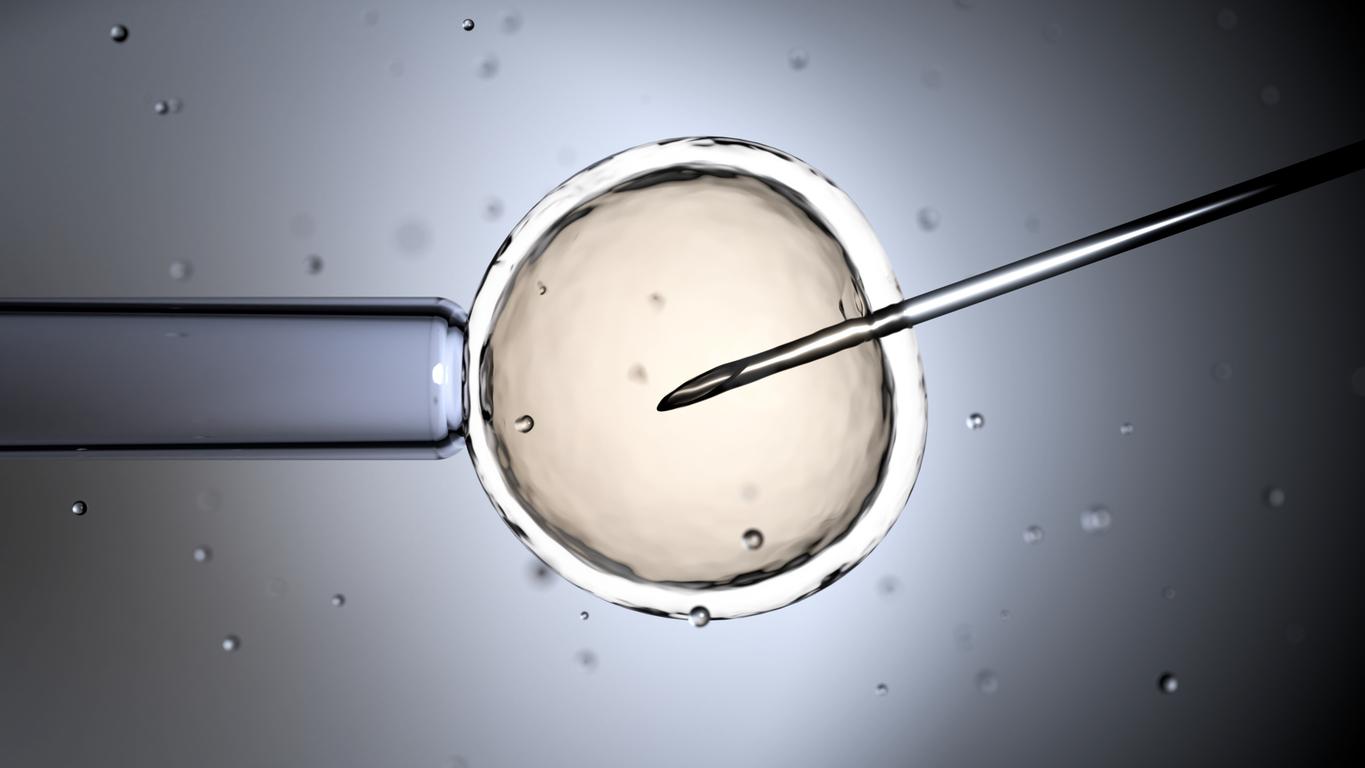Devices 3D printed in resins used for dental care, although considered bio-compatible, could be toxic to oocytes.

- The number of 3D printed dental appliances has multiplied
- The resins used could release toxic compounds for oocytes and therefore harm fertility
The discovery could turn the medical industry upside down: resin devices made in 3D and used in dental care can be toxic to reproductive functions. From American researchers made this observation during a validation study of the use of these materials in 3D for the culture of reproductive cells, carried out on mice. “Our results are important because they demonstrate that leachates (i.e. residues editor’s note) from materials commonly used for 3D printing, are presented as bio-compatible, but can have negative effects on reproductive health.“, explains Francesca Duncan, author of this study.
Consequences too rarely studied
When these 3D fabricated materials are implanted on the teeth, they can release small compounds. These are suspected of being toxic to oocytes, the cells that form eggs. However, these resins are considered bio-compatible. “Despite the revelations about BPA more than twenty years ago, it is still rare that the potential impact of these materials on reproductive health is rigorously and systematically studied.” adds the scientist. She recalls that tests were carried out before authorizing the marketing of these materials, but none analyzed their effects on reproductive functions in mammalian models.
The next continuation of the tests
“The dental appliance market, which uses resins like Dental SG or Dental LT, has become a multi-billion dollar industry in recent yearsshe says. Some companies use 3D printing processes because of their ability to produce quickly.“But for her, these toxic compounds do not only concern the materials manufactured using this technique, the residues would also be present in other types of plastic. To confirm these results, the researchers will continue their tests: in vivo studies will be The scientific team would like to know whether the toxicity of these materials is identical in men and women, and to determine the average level of exposure of humans to these compounds.
.
















